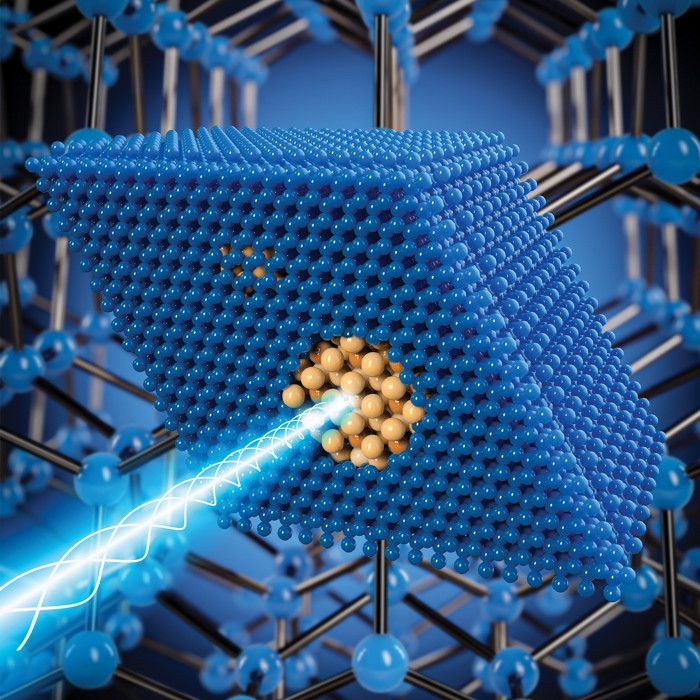Advertisement
Grab your lab coat. Let's get started
Welcome!
Welcome!
Create an account below to get 6 C&EN articles per month, receive newsletters and more - all free.
It seems this is your first time logging in online. Please enter the following information to continue.
As an ACS member you automatically get access to this site. All we need is few more details to create your reading experience.
Not you? Sign in with a different account.
Not you? Sign in with a different account.
ERROR 1
ERROR 1
ERROR 2
ERROR 2
ERROR 2
ERROR 2
ERROR 2
Password and Confirm password must match.
If you have an ACS member number, please enter it here so we can link this account to your membership. (optional)
ERROR 2
ACS values your privacy. By submitting your information, you are gaining access to C&EN and subscribing to our weekly newsletter. We use the information you provide to make your reading experience better, and we will never sell your data to third party members.
Materials
Diamond capsules keep contents under pressure
Glassy carbon’s transformation lets researchers study materials under extreme pressure
by Bethany Halford
August 18, 2022

Inspired by exotic materials in diamonds coughed up by volcanoes, scientists have found a new way to study materials under extreme pressure. Researchers trap materials within the pores of glassy carbon at high pressure, then use extreme temperatures to transform the glassy carbon into diamond. These tiny capsules maintain their contents at high pressure even when the diamonds are brought to ambient pressure. The capsules’ contents can then be studied using electron microscopy and vacuum ultraviolet spectroscopy—techniques that are incompatible with high pressure equipment.
High pressure can profoundly change a material’s properties, says Stanford University’s Wendy L. Mao, who led the research team along with Ho-kwang Mao and Qiaoshi Zeng of China’s Center for High Pressure Science and Technology Advanced Research. “This is an important first step to demonstrate now we can actually preserve high pressure in a capsule,” she says.
The team was inspired by nature. Diamonds forming deep within the Earth’s mantle can sometimes trap minerals or fluids. These inclusions remain preserved under high pressure even when the diamond travels via volcano to the Earth’s surface. “Our process is kind of similar,” Wendy Mao says. The scientists demonstrate the capsules’ ability to preserve argon in a crystalline state at 22 GPa (Nature 2022, DOI: 10.1038/s41586-022-04955-z).
Choong-Shik Yoo, a professor at Washington State University who studies materials under extreme pressures, is impressed that the researchers accomplished this feat. In an email, he says that the study suggests the potential of high-pressure materials research to “move beyond a fundamental discovery science to a more practically viable synthesis of materials in highly metastable states far from the equilibrium at ambient conditions.”
The next step, Wendy Mao says, is to scale up the method to make larger diamond capsules and to make high-pressure phases of materials that could have practical use.



Join the conversation
Contact the reporter
Submit a Letter to the Editor for publication
Engage with us on Twitter